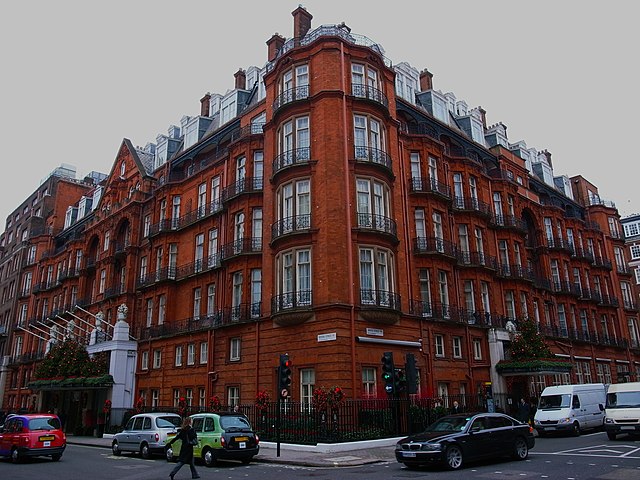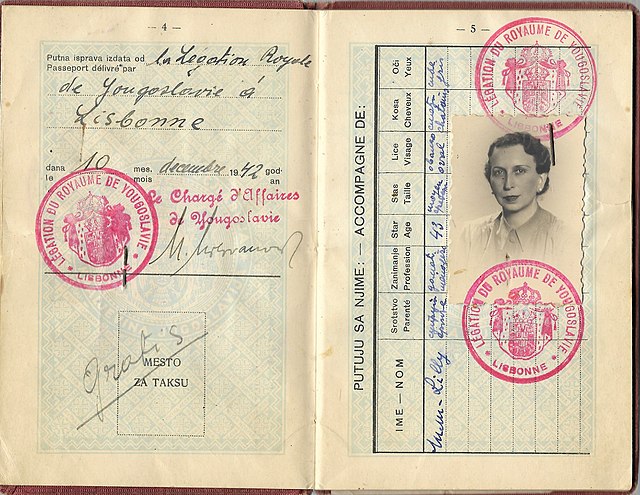The Tito–Šubašić Agreements are the result of a series of negotiations conducted by the leader of the Yugoslav Partisans, Josip Broz Tito, and the prime minister of the Yugoslav government-in-exile, Ivan Šubašić, in the second half of 1944 and early 1945. The agreements were designed to create a coalition government in post–World War II Yugoslavia that would be composed of representatives of the National Committee for the Liberation of Yugoslavia and the government-in-exile.
Decisions of the Anti-Fascist Council for the National Liberation of Yugoslavia meeting in Jajce in 1943 (pictured) were confirmed through the Tito–Šubašić Agreements.
HMS Blackmore transported Tito to Vis to meet with Šubašić.
Winston Churchill met with Tito in Naples in 1944.
Josip Broz Tito obtained recognition of his rule in Yugoslavia through his agreements with Ivan Šubašić.
Yugoslav government-in-exile
The Government of the Kingdom of Yugoslavia in Exile was an official government-in-exile of Yugoslavia, headed by King Peter II. It evacuated from Belgrade in April 1941, after the Axis invasion of the country, and went first to Greece, then to Palestine, then to Egypt, and finally, in June 1941, to the United Kingdom. Hence, it is also referred to as the "Government in London".
Claridge's Hotel in London, where the Yugoslav government-in-exile was based during the war.
King Peter II conferring with the Prime Minister of the Yugoslav Government in Exile, Ivan Šubašić.
1942 issued government in exile passport by Chargé d'affaires in Portugal Milutin Milovanovic.







